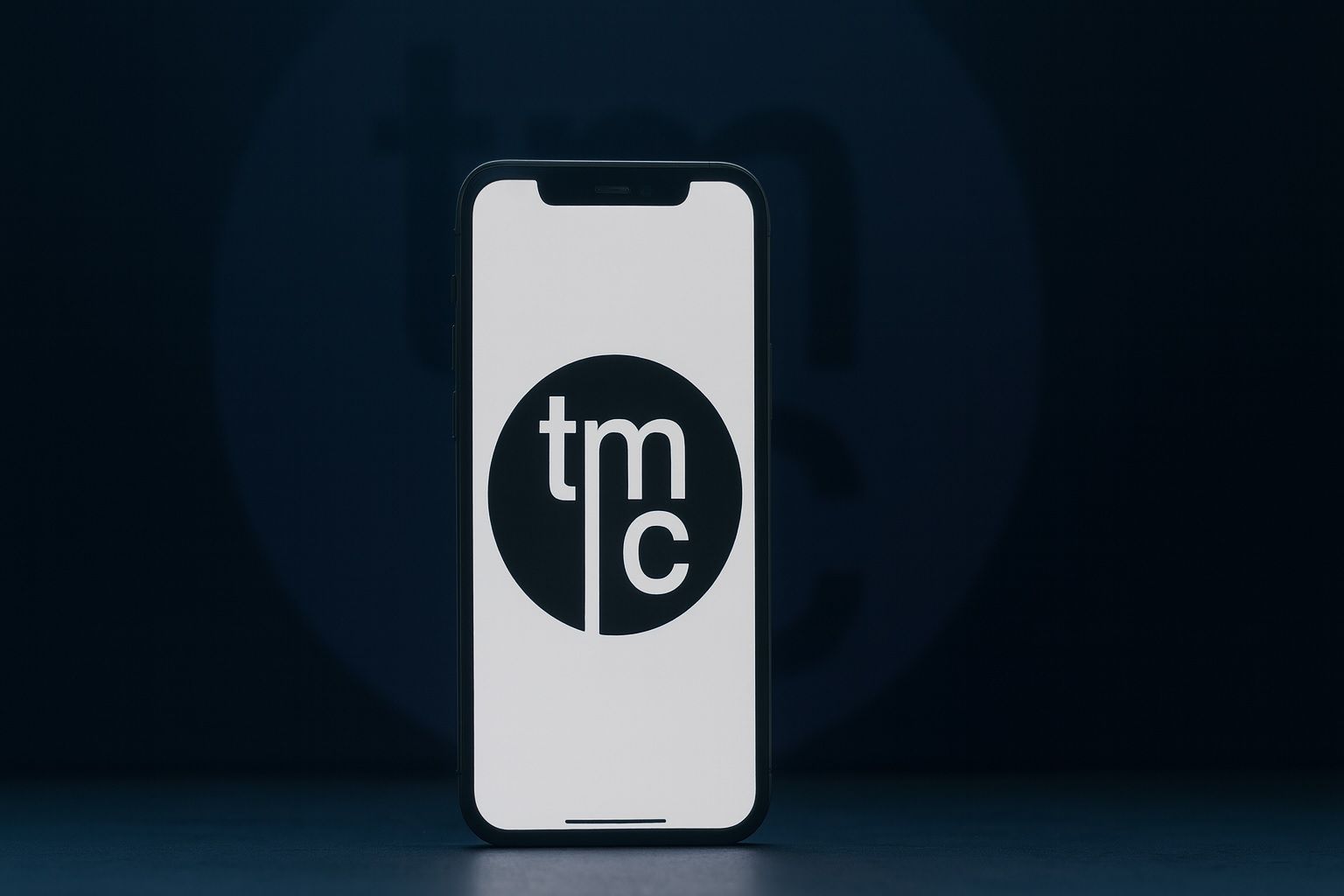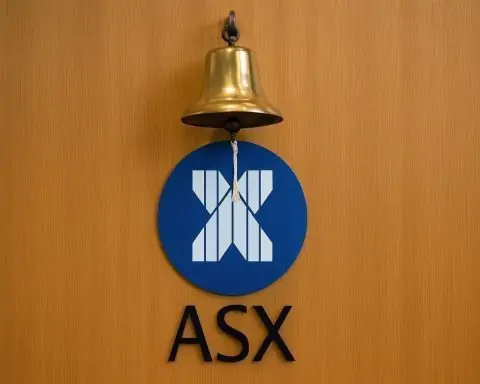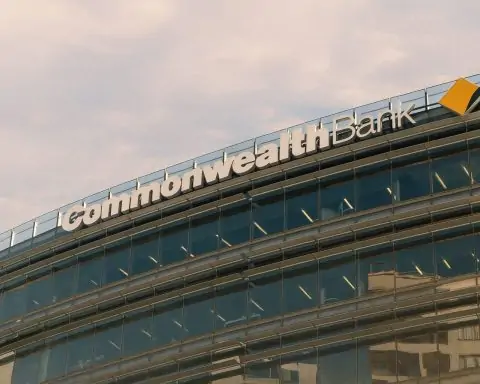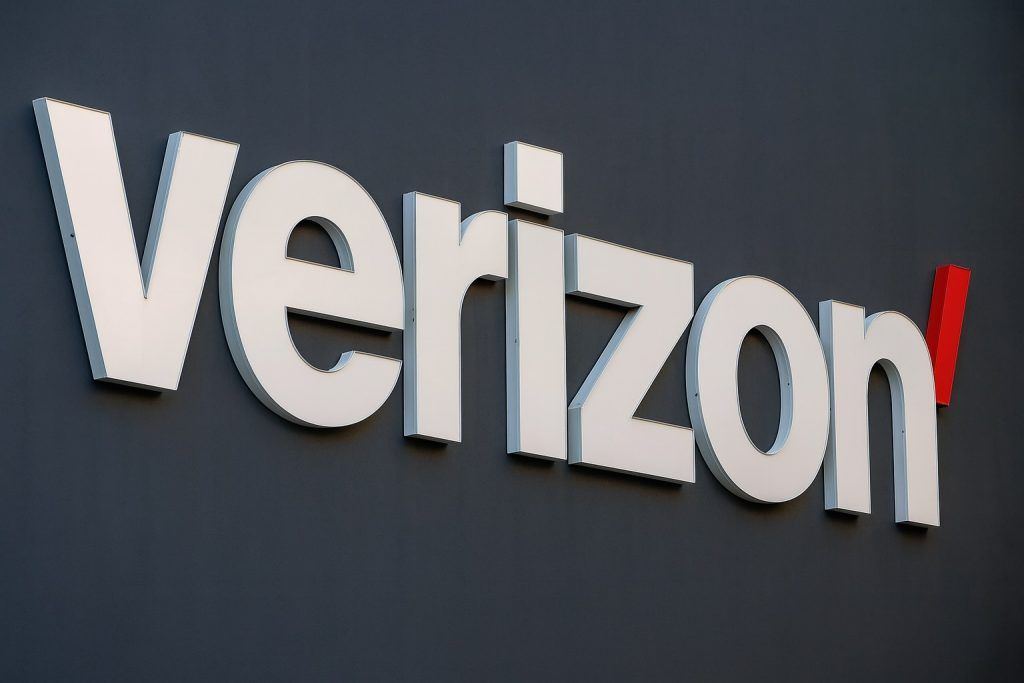- Stock Skyrocketing: TMC (The Metals Company) shares have exploded in 2025, up over 500% year-to-date. By Oct 13, 2025 the stock hit roughly $10–11 (trading ~$10.80 midday) [1] [2], giving it a market cap of ~$4 billion. This came after a late-2024 base below $2/share, meaning TMC is one of the year’s top gainers.
- Trump Era Speculation: Investors are convinced the Trump administration will back domestic deep-sea mining. Sources report the White House “has warmly embraced seafloor mining outfits like The Metals Co.” and markets “are betting they’ll seek an equity stake” [3]. Traders compare it to last year’s US government investment in rare-earths miner MP Materials [4]. (Indeed, Trump signed an Apr 2025 executive order to speed US seabed mining permits and stockpile critical metals [5] [6].)
- Massive Resources: TMC holds a license in the Pacific Clarion-Clipperton Zone (CCZ) with an estimated 51 million tonnes of polymetallic nodules – “battery-in-a-rock” lumps rich in nickel, cobalt, copper, manganese [7] [8]. An economic study cites $23.6 billion NPV in these nodules [9]. By 2027 TMC aims to start commercial nodule recovery, yielding tens of thousands of tonnes of battery metals annually (enough to feed EV production) [10].
- Cash Burn vs. Funding: TMC has no revenues yet and is burning cash. Q2 2025 results showed a $74.3 million net loss and ~$10–20 million quarterly cash burn [11] [12]. It held $115.8 M in cash mid-2025 [13] – roughly a two-year runway – but will likely need more capital before production. In 2025 it raised sizable funding: Korea Zinc invested $85.2 M for ~5% equity, and an Allseas-led group put in $37 M [14]. These infusions (with warrants) buoy the balance sheet but future dilution is a risk.
- Hot Metals Market: Global EV and clean-energy demand is driving base-metal prices. The IEA notes 2024 demand for nickel, cobalt, graphite and other battery minerals rose 6–8%, largely due to EV growth [15]. The US is scrambling for supply – Trump’s EO pointed to “1 billion metric tons” of US nodules and potential $300B GDP boost [16] – so TMC’s prize trove of nickel/cobalt is very strategic.
- Analysts & Forecasts: Wall Street is divided. Consensus rating is roughly a Hold, with average price targets around $7–8 [17]. (TradingView data shows an average 1-year target ≈$7.94 [18].) Some firms are bullish – Wedbush gives an $11 target on first-mover status [19] – while skeptics cite zero revenue and regulatory uncertainty. Upcoming catalysts include Q3 results (due Nov 13, 2025) and any new deep-sea mining permits or government deals.
- Sector Peers: Other ocean-mining names are moving too. For example, Odyssey Marine (OMEX) recently raised $8.1 M to fund Cook Islands/Mexico nodule projects, explicitly aligning with US critical-mineral priorities [20]. This underlines a broader “minerals gold rush” feel as nations push for EV battery supply chains.
Background: EV Boom Spurs Metal Hunt
Electric vehicles and green tech have sent demand for critical minerals surging. Cobalt, nickel, copper and others are essential for EV batteries and have been designated “critical” by agencies like USGS [21] [22]. According to the IEA, demand for nickel and cobalt jumped 6–8% in 2024 due to energy applications [23]. Deep-sea nodules contain these exact metals: “Minerals critical to the clean energy transition have been found in the deep ocean floor,” including cobalt, nickel, manganese and others used in EV batteries [24]. With many land-based mines concentrated in a few countries, governments (notably the US) are keen to secure new sources.
Global initiatives reflect this tension. The UN’s International Seabed Authority (ISA) is drafting mining rules, but many signatories (including China, EU states and Pacific nations) have urged a pause until environmental impacts are studied [25] [26]. Roughly 1,000 marine scientists and ~38 countries have called for a moratorium on deep-sea mining [27] [28], citing unknown ecological harm. Yet supporters argue nodule mining could be less land-disturbing and lower-carbon than terrestrial mining.
The Metals Company (TMC): From Stealth to Spotlight
TMC is a Canadian company (CEO Gerard Barron) focused on polymetallic nodule mining in the Pacific CCZ. It inherited licenses (via Nauru) to explore and recover nodules from the seabed. Until 2024 it was mostly under the radar, but 2025 changed everything. In April 2025, President Trump issued an executive order to accelerate US seabed mining permits and stockpile minerals [29]. That news sent TMC shares up ~40% to a 52-week high [30]. Barron celebrated the move, noting a clear US regulatory path would let them “deliver the world’s first commercial nodule project” [31].
This spring’s policy moves – plus North Korean cobalt disruptions and funding deals – set the stage for a late-2025 run. In September 2025 alone TMC jumped ~19%, contributing to a >560% YTD gain [32]. One analysis noted the stock climbed 18.8% in Sept (489% through H1) [33]. On Oct 7, 2025, without any new press release, TMC stock spiked ~15% intraday (above $9) [34]. Media attribute these moves to a mix of “window-dressing,” trading momentum, and whispers that the US might even take an equity stake in TMC – following the Trilogy Metals precedent [35] [36].
By Oct 13 the rally culminated: U.S. markets opened with TMC up 27%, reaching ~$11.28 [37]. (By mid-morning it was ~$10.80, still up ~21% on the day [38].) Investors were clearly betting on government support and eventual contracts.
Projects, Permits and Production Timeline
TMC has no producing mines yet. Its business is in planning and testing. In 2025 the company made headlines by declaring the first deep-sea nodule reserves: about 51 million tonnes of nodules in its Pacific license [39]. An economic study valued these projects at a combined $23.6 billion NPV [40]. TMC’s goal is to start commercial mining by Q4 2027, assuming permits. If so, initial annual output could be “tens of thousands of tonnes” of nickel, manganese, copper and cobalt – truly transformational volumes for EV supply chains [41].
Permitting is the big question. TMC cleverly has a US subsidiary, so it filed under U.S. law. In August 2025 NOAA confirmed TMC USA’s permit application was “fully compliant” and moved it to certification (expected ~100 days) [42]. A favorable completion could allow TMC to operate under U.S. statutes (Deep Seabed Hard Minerals Resource Act) rather than waiting on the ISA. Meanwhile, another TMC-related entity (NauruOceanResources) has an ISA exploration contract for the CCZ, up for renewal in 2026. The interplay of U.S. and international law will be watched closely.
Finances and Outlook
TMC is pre-revenue and loss-making. By Q2 2025 it had burned through funds: net loss was $74.3M (≈$0.20/share) [43], and the cash burn ran about $10–20M per quarter [44] [45]. As of June 30, 2025 the company had $115.8 M in cash [46] – enough to fund operations into 2027 at current spend rates. But building deep-sea mining hardware and processing plants will require far more capital. Analysts expect TMC to raise additional equity in 2025–26, which would dilute existing shareholders (though it’s partly offset by the recent high share price).
On the plus side, TMC has secured strong backers. An $85.2M private placement by Korean Zinc (one of the world’s largest zinc and battery-chemical producers) gave Korea Zinc ~5% of the company [47]. A May 2025 equity raise led by maritime miner Allseas injected another $37M [48]. These strategic investors bring both cash and know-how, and their participation sent bullish signals. (Ts2 notes these funds “give it an estimated two-year operating cash cushion” [49].)
Valuation-wise, TMC trades at a premium to its book value (investors are buying the potential prize, not current assets). A research note cites Arthur D. Little’s estimate that the CCZ nodules are worth ~$20 trillion, with TMC’s ~2% slice valued at ~$24 billion [50]. By contrast, TMC’s market cap is only a few billion, implying the possibility of large upside – if all goes well.
Environmental Debate and Policy Risks
Deep-sea mining is highly controversial. Environmental groups (and the WEF) warn that disturbing the abyssal plain could cause “irreversible” damage. Experiments show nodule collectors leave plumes and crush habitats; thousands of new species live in the CCZ [51] [52]. To date, ~38 governments and over 55 major companies (e.g. BMW, Google, Patagonia) have endorsed moratoria or strict pauses on ocean mining [53] [54]. Even now, the UN’s ISA has no agreed mining code (as of mid-2025) [55].
This regulatory uncertainty is a double-edged sword. On one hand, the lack of an international regime has spurred the US to act unilaterally – hence the Trump EO, NOAA moves, and Pentagon stockpiling measures. On the other hand, any slideback on policy (e.g. a future administration) or legal challenges (over UNCLOS obligations) could stall projects. (For perspective, when the U.S. left the Paris climate accord, it was dramatic; a similar flip could hit mining.)
TMC’s own CEO acknowledges the need for caution. In 2025 he emphasized pursuing a “stable, transparent, and enforceable” regulatory path to proceed responsibly [56]. But critics like short-seller Iceberg Research argue the venture is deeply speculative – zero revenue, tech unproven, battery chemistries evolving, and so far no mining “track record” [57].
Expert Opinions and Market Views
Market pundits highlight both promise and peril. Barron’s bravado (“We look forward to delivering the world’s first commercial nodule project” [58]) encapsulates the bull case. Analysts at RBC/CITI note that federal backing (like the EO) “reduces political and regulatory uncertainty” around projects like those at Ambler, Alaska – by analogy, they see it helping CCZ projects too [59]. Yet much analysis is hypothesis: as Motley Fool warns, TMC’s value is “derived from assumptions about future metal demands,” which could flip if battery tech changes [60].
In fact, in October 2025 Motley Fool (via Nasdaq) ran a piece titled “Why The Metals Company Stock Is Skyrocketing This Week,” noting no new company news – it’s pure speculation. Similarly, ts2.tech reports many short sellers are betting against TMC, wary that without regulations the business is untenable [61].
Overall, analyst consensus is cautious. Many maintain a Hold recommendation. One widely cited summary shows targets ranging $3.75–$11 (average ≈$7.30) [62], not far from the stock’s trading level. TradingView data concurs: as of early Oct 2025 analysts’ average 12-month target was ~$7.94 [63]. This implies the recent rally may have overshot fundamentals, so investors should beware short-term reversals.
Industry Outlook and Related Players
TMC is far from the only player. Odyssey Marine Exploration (OMEX) and other explorers (e.g. UK’s Talos Ltd, Australian Challenger Deep) are also pursuing CCZ nodules or sulphide vents. For example, OMEX reported in Oct 2025 that it raised $8.1M via warrants and options to fund its Pacific nodule surveys, explicitly aligning with U.S. “Executive Order priorities for domestic critical mineral development” [64]. This suggests a surge of corporate activity in the sector.
On the demand side, forecasts remain bullish. Despite recent price dips (nickel, cobalt, graphite fell as new supplies emerged [65]), long-term EV adoption means demand keeps rising. The US, EU and Japan have listed battery metals as strategic priorities, and big auto-makers (Ford, GM, Toyota) are racing to secure supply. Deep-sea nodules, if ever mined commercially, could become a key component of that supply chain.
Key Takeaways
In sum, TMC’s meteoric rise reflects a convergence of factors: surging EV-metal demand, policy shifts under the Trump admin, and speculative momentum. The company sits on enormous potential resources that could reshape critical-mineral supply, but it has yet to prove any commercial success. The coming months’ events – permit rulings, funding rounds, and international mining code developments – will be critical. Investors should weigh the juicy upside (Ts2 notes a $20 trillion resource pool with TMC’s slice still under $4B) against the very real risks (regulatory roadblocks, environmental backlash, technology changes) [66] [67].
Sources: Major news and analysis outlets including Reuters, Nasdaq/Motley Fool, The Information, tech stock sites and market data (see citations) [68] [69] [70] [71]. These cover recent (Oct 2025) stock moves, Trump’s policies, TMC financials, and industry forecasts.
References
1. ts2.tech, 2. www.gurufocus.com, 3. milled.com, 4. www.nasdaq.com, 5. www.reuters.com, 6. ts2.tech, 7. ts2.tech, 8. www.nasdaq.com, 9. ts2.tech, 10. ts2.tech, 11. ts2.tech, 12. www.edgen.tech, 13. ts2.tech, 14. ts2.tech, 15. www.iea.org, 16. www.reuters.com, 17. ts2.tech, 18. www.tradingview.com, 19. ts2.tech, 20. www.ainvest.com, 21. www.nasdaq.com, 22. www.iea.org, 23. www.iea.org, 24. www.weforum.org, 25. ts2.tech, 26. www.weforum.org, 27. www.weforum.org, 28. ts2.tech, 29. www.reuters.com, 30. www.reuters.com, 31. www.reuters.com, 32. ts2.tech, 33. www.edgen.tech, 34. ts2.tech, 35. www.reuters.com, 36. milled.com, 37. www.gurufocus.com, 38. markets.financialcontent.com, 39. ts2.tech, 40. ts2.tech, 41. ts2.tech, 42. www.nasdaq.com, 43. ts2.tech, 44. www.nasdaq.com, 45. www.edgen.tech, 46. ts2.tech, 47. ts2.tech, 48. ts2.tech, 49. ts2.tech, 50. www.nasdaq.com, 51. www.weforum.org, 52. www.edgen.tech, 53. www.weforum.org, 54. www.edgen.tech, 55. ts2.tech, 56. www.reuters.com, 57. www.nasdaq.com, 58. www.reuters.com, 59. www.reuters.com, 60. www.nasdaq.com, 61. ts2.tech, 62. ts2.tech, 63. www.tradingview.com, 64. www.ainvest.com, 65. www.iea.org, 66. www.nasdaq.com, 67. www.nasdaq.com, 68. www.reuters.com, 69. milled.com, 70. www.nasdaq.com, 71. ts2.tech







